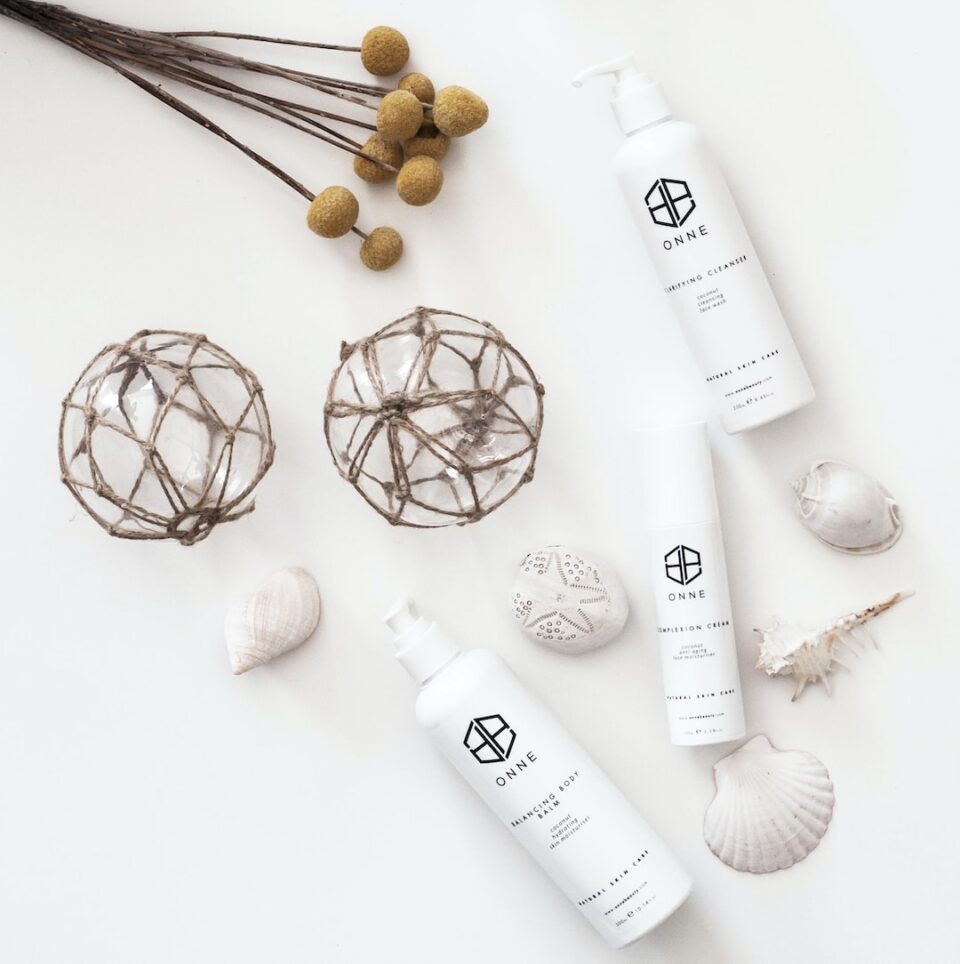The Importance of Sunscreen: Debunking Myths and Understanding SPF
As summer approaches, most of us are eager to soak up the sun’s warm rays. However, it is crucial to remember that too much exposure to the sun’s UV rays can be harmful to our skin. Sunburn, premature aging, and an increased risk of skin cancer are just a few of the potential consequences. With this in mind, it is essential to understand the significance of sunscreen, debunk common myths, and grasp the science behind SPF.
Myth #1: Darker skin tones are not prone to sun damage.
One of the most prevalent misconceptions surrounding sunscreen usage is that individuals with darker skin tones are less susceptible to sun damage. While it is true that melanin, the pigment responsible for skin color, provides some natural protection against the sun, it is far from sufficient. Everyone, regardless of their skin tone, is at risk of sunburn, skin damage, and skin cancer. Therefore, sunscreen should be a staple in everyone’s daily skincare routine.
Myth #2: Sunscreen is only necessary on sunny days.
Another common myth is that sunscreen is only necessary when the sun is shining brightly. However, it is vital to wear sunscreen every day, regardless of the weather. Harmful UV rays can penetrate through clouds, and even in overcast conditions, up to 80% of these rays can reach your skin. By incorporating sunscreen into your daily routine, you can protect your skin from long-term damage caused by cumulative exposure.
Now, let’s delve into the science behind SPF (Sun Protection Factor). SPF is a measure of sunscreen’s ability to protect against UVB rays, which are primarily responsible for sunburn and play a major role in skin cancer development. Contrary to popular belief, the SPF number does not indicate the length of time you can safely spend in the sun. Instead, it represents the level of protection the sunscreen offers compared to bare skin.
For example, if it typically takes your skin 10 minutes to burn when exposed to the sun, using a sunscreen with an SPF of 30 would, in theory, extend that time to 300 minutes (10 minutes multiplied by the SPF factor). However, it is crucial to note that this is only an approximation, as factors like sweating, water exposure, and application frequency can affect the level of protection.
To maximize the effectiveness of sunscreen, it is crucial to apply it correctly. The recommended amount is at least one ounce (about a shot glass) to cover exposed areas adequately. Additionally, it is important to reapply sunscreen every two hours, or immediately after swimming or excessive sweating.
Considering the vast array of available sunscreen options, choosing the right one can be overwhelming. Broadly speaking, experts recommend selecting sunscreen with a minimum SPF of 30, which protects against 97% of UVB rays. Look for broad-spectrum sunscreen, as it protects against both UVA and UVB rays. UVA rays are responsible for skin aging, while UVB rays are the primary cause of sunburn. Examining the ingredients list is also crucial, as you should avoid sunscreens containing toxic chemicals like oxybenzone or octinoxate.
In conclusion, understanding the importance of sunscreen and debunking common myths is crucial for maintaining healthy skin. Regardless of your skin tone or the weather conditions, sunscreen should be an integral part of your skincare routine. By selecting the right SPF, applying sunscreen correctly, and reapplying it as needed, you can protect your skin from harmful UV rays and reduce the risk of sunburn, premature aging, and skin cancer. So, before heading outdoors, don’t forget to lather on sunscreen and enjoy the sunshine responsibly.


